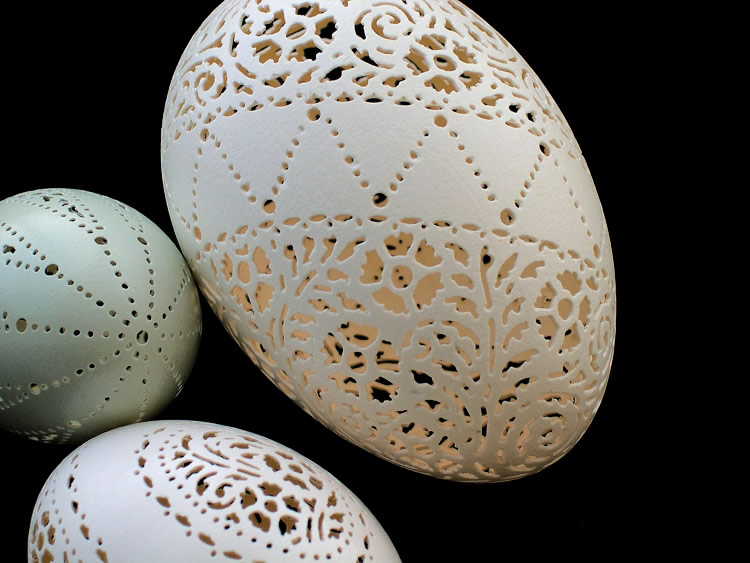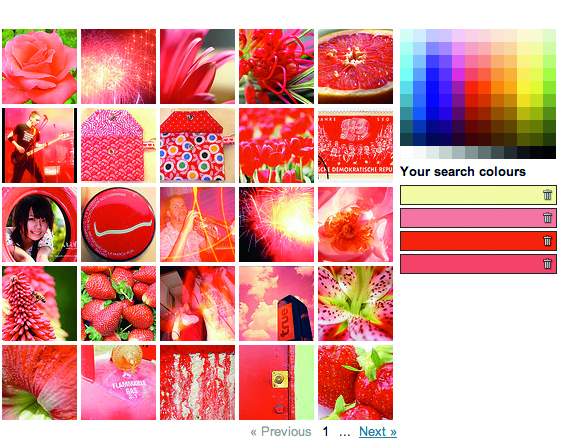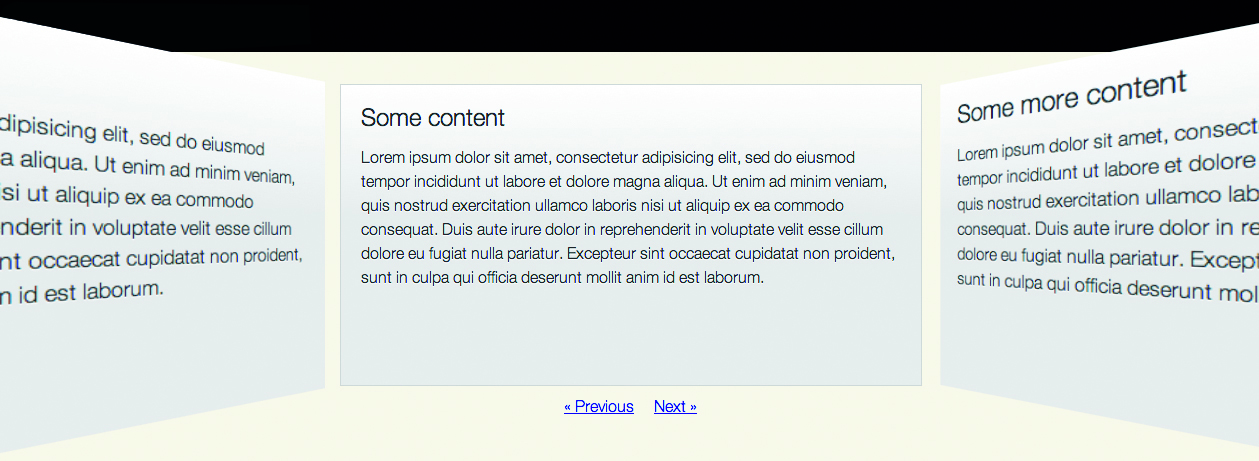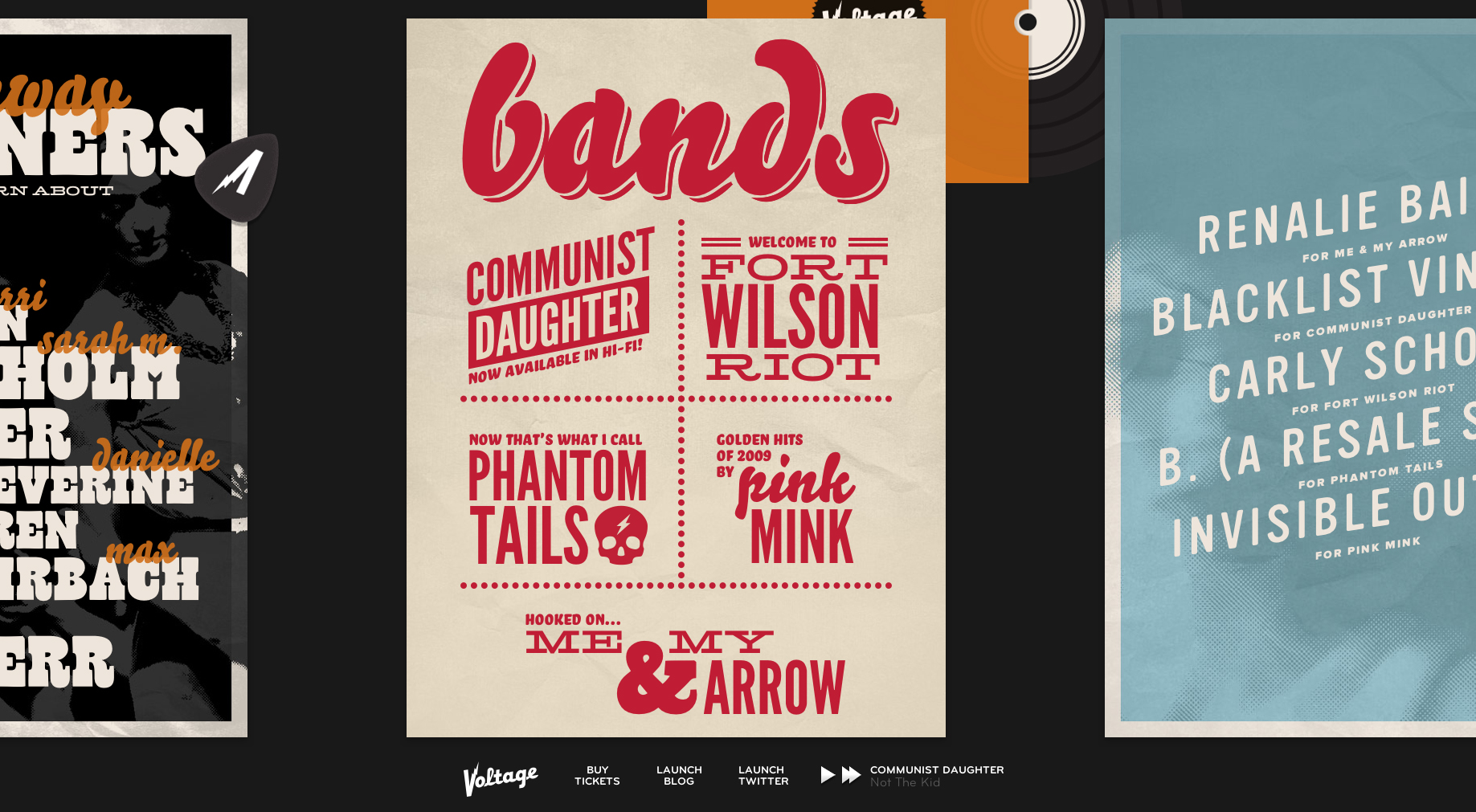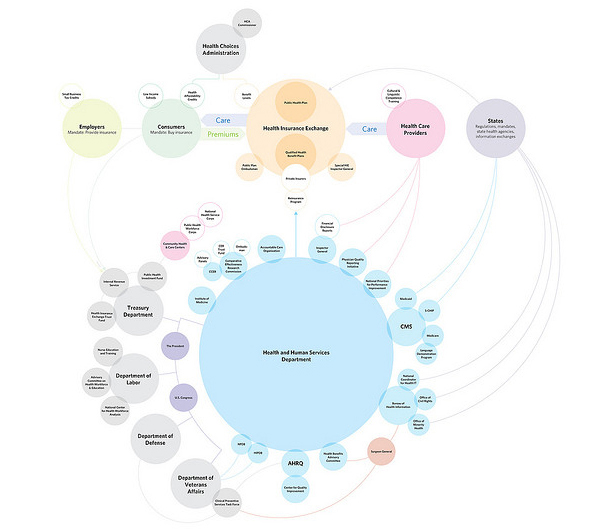
Naomi Robbins, the consummate modernist, spends her presentation extolling clarity, objectivity, and a form follows function philosophy that comes with a number of simple guidelines to follow. DO: make the data stand out, eliminate unnecessary dimensions, or try a dot plot instead of a bar graph sometime. DON’T: use novel shapes that are difficult to compare in size, have too many zeros, or add ornament just to be attractive. Through a crystal goblet of statistical graphics, we should see nothing but the facts.
Robbins makes a point of distinguishing more technical graphics from art. While data art may not really inform, the examples still evoke ooh’s and ahh’s from a knowledgeable, statistically literate crowd. There is beauty in truth, and a few of the later speakers explain how it’s a truth that can be bent, or at least used expressively.
Noah Iliinsky, of Complex Diagrams and Designing Data Visualizations, takes our focus from the clear and factual to good storytelling. While data has its properties that need to be honored, he places equal emphasis on knowing your audience and being able to state exactly what it is you want to convey. In terms of design advice, Iliinsky is slightly less explicit about established rules. He borrows a quote from Moritz Stefaner, that “position is everything, color is difficult.” No one wants to see arbitrarily chosen, confusing color schemes, but it’s no reason to shy away from it completely.
via Strata NY 2011 [Data Visualizations] – The Subjectivity of Fact – information aesthetics.




